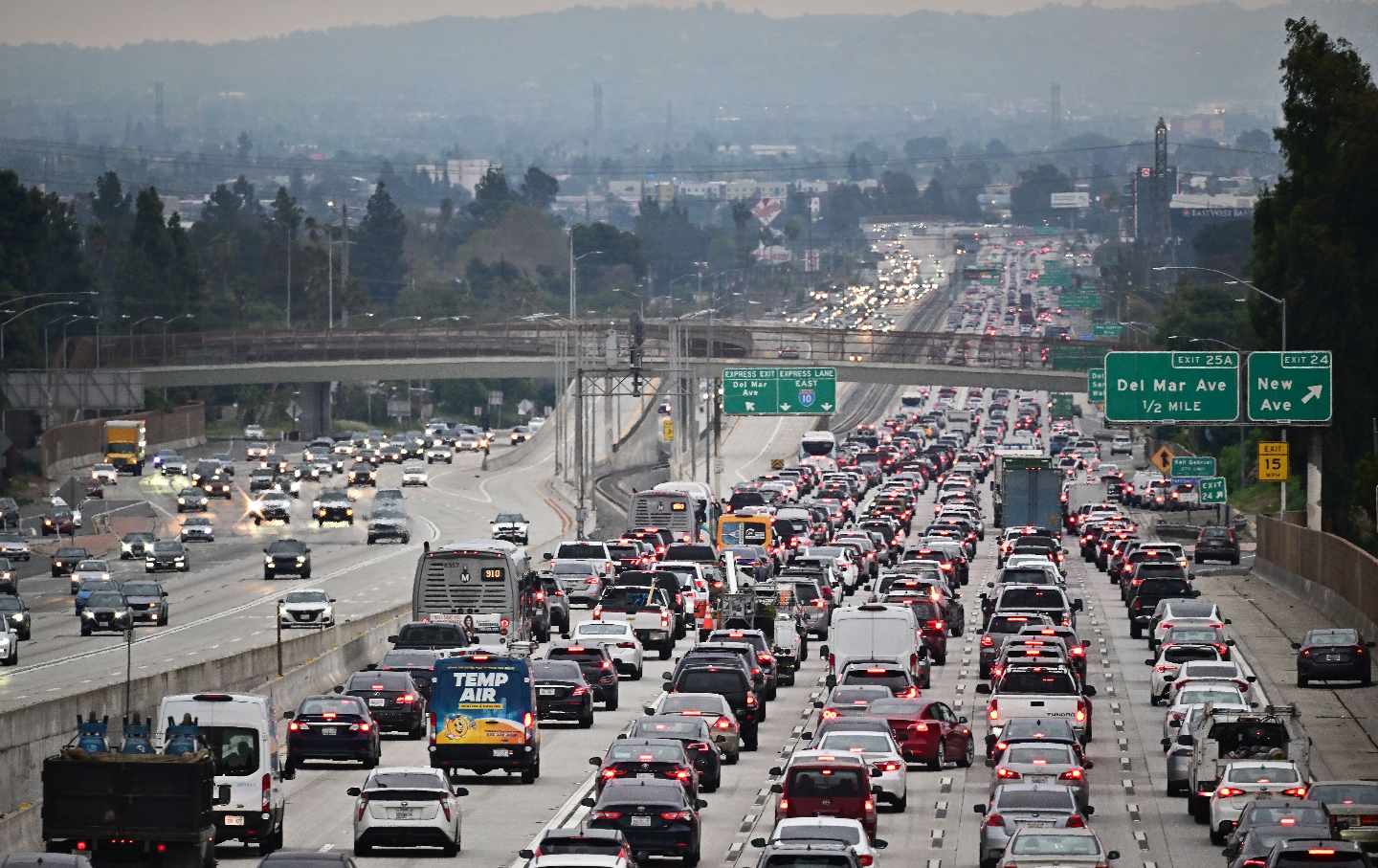Owning a car in the United States has become increasingly expensive, prompting some Americans to reconsider their reliance on personal vehicles. Over the past four years, auto insurance costs have surged more than 50%, and the price of new vehicles has risen by 20%. Additionally, the cost of driving has escalated, with gas prices averaging above $3.50 per gallon and maintenance costs climbing due to labor shortages and the shift to more computerized vehicles. According to AAA, owning a new car now costs about $12,000 annually, leading some individuals to opt out of driving altogether.

The High Costs of Car Ownership
Dan Ekenberg, a semiretired website designer from Boise, Idaho, exemplifies this trend. At 64, Ekenberg has been an avid cyclist for most of his life and sold his truck in 2021 to save money by biking. Although he considered purchasing a vehicle for longer trips, he ultimately decided against it due to the high costs associated with financing, insurance, and maintenance. “I would rather use that money to take vacations,” Ekenberg explained. Approximately 8% of U.S. households do not own a vehicle, and nearly a third of the population does not have a driver’s license. While some are unable to drive due to age, disabilities, or financial constraints, others have voluntarily embraced a car-free lifestyle, citing the financial burden, environmental impact, and hassle of owning a vehicle.
Exploring Alternatives to Driving
Policymakers are increasingly prioritizing reducing car use. Several states offer tax incentives to promote the sale of electric bikes (e-bikes), a popular alternative in the car-free community. For instance, Colorado introduced the country’s first statewide e-bike tax credit in April, resulting in around 6,700 e-bike rebates by early July.
Moreover, the Los Angeles Department of Transportation and LA Metro launched a pilot program in 2022 that provides up to $1,800 annually in subsidies for eligible transportation options like rail, bus, rideshare, and bikeshare. Companies like Uber have also initiated programs such as “One Less Car,” offering participants $1,000 to avoid using their vehicles for five weeks. Despite these efforts, the number of car-free households in the U.S. has remained relatively stable, fluctuating between 8% and 8.6% from 2018 to 2022. Most of these households fall below the poverty line, highlighting the economic factors influencing car ownership.
Challenges and Benefits of a Car-Free Lifestyle
Living without a car presents challenges, particularly in areas with inadequate public transportation and bicycle infrastructure. Jordan Steen, a 31-year-old Los Angeles resident, has been without a car since January 2022. While he enjoys saving money on gas and avoiding traffic, he acknowledges that traveling to certain parts of the city can be difficult due to inconsistent public transportation and safety concerns while biking.

Nevertheless, many who have adopted a car-free lifestyle report significant benefits. For example, Jacob Rex from Morgantown, West Virginia, switched to an e-bike after his used Subaru Outback required costly repairs. He notes that biking has improved his mental health, fostered a sense of community, and shortened his commute. “I have a real savings account now. I’m saving for retirement. I’m saving for international travel,” Rex said.
However, the transition to a car-free life is not always permanent. Carson Wood, a 29-year-old software developer, enjoyed living without a car in Arlington, Virginia but purchased a vehicle when he moved to Baltimore to care for his mother. Despite the challenges, individuals like Wood continue to advocate for improved infrastructure and more walkable areas to support a car-free lifestyle.
